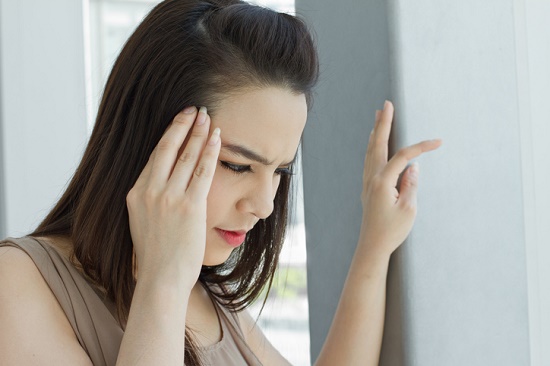
A balance disorder is an ailment that causes you to feel dizzy or unsteady, creating the sensation of spinning or floating or moving. And while short or trivial episodes of dizziness are commonplace and no cause for worry, more extreme sensations of spinning (vertigo) or chronic dizzy spells should be assessed.
Coupled with dizziness, you may also experience other symptoms such as nausea, a change in heart rate, anxiety, or panic. Again, if these episodes are particularly extreme or extended, it’s a good idea to seek out professional care.
The types and causes of balance disorders are numerous, but before we get to that, let’s quickly review how the body normally maintains its sense of balance.
How the body sustains its balance
We take our body’s skill to maintain balance for granted because it usually works effortlessly behind the scenes. But when you give it some thought, maintaining balance is really an impressive feat.
Even in motion, your body is able to sense its position and make corrections to keep your body upright, while calling for little to any conscious control. Even when you close your eyes, and eliminate all visual cues, you can precisely sense the position of your head as you move it up or down, left or right.
That’s because your vestibular system—the array of organs and structures in your inner ear—can detect any modifications to your head position, sending nerve signals to inform your brain of the change.
Structures in the inner ear called semicircular canals have three fluid-filled ducts positioned at about right angles to each other. When you move your head, the fluid moves along with it, stimulating the nerve cells that send the information to your brain.
This, in combination with visual cues and musculoskeletal sensory information, signals the brain to precise modifications in head and body position.
Common balance disorders and causes
Balance disorders result from a dysfunction within the vestibular system or with the brain and its ability to examine and use the information.
Balance disorders can for that reason be caused by anything that impacts the inner ear or brain. This list includes, but is not limited to, medications, benign tumors, ear infections, head injuries, low blood pressure or other cardiovascular conditions, and some neurological conditions.
Common balance disorders include Meniere’s Disease, Benign Paroxysmal Positional Vertigo (BPPV), Labyrinthitis, Vestibular Neuronitis, along with many others. Each disorder has its own distinct causes and symptoms and can be diagnosed only by a professional.
Diagnosis and treatment of balance disorders
The diagnosis and treatment of any balance disorder starts by ruling out any medical conditions or medications that may be causing the symptoms. You may be required to change medications or seek treatment for any underlying heart, neurological, or musculoskeletal condition.
If your balance problem is due to problems with the inner ear, such as with Meniere’s Disease, treatment may include things like diet and lifestyle changes, physical manipulations of the head, or medications to lessen the symptoms. Your healthcare provider can offer additional information specific to your condition and symptoms.